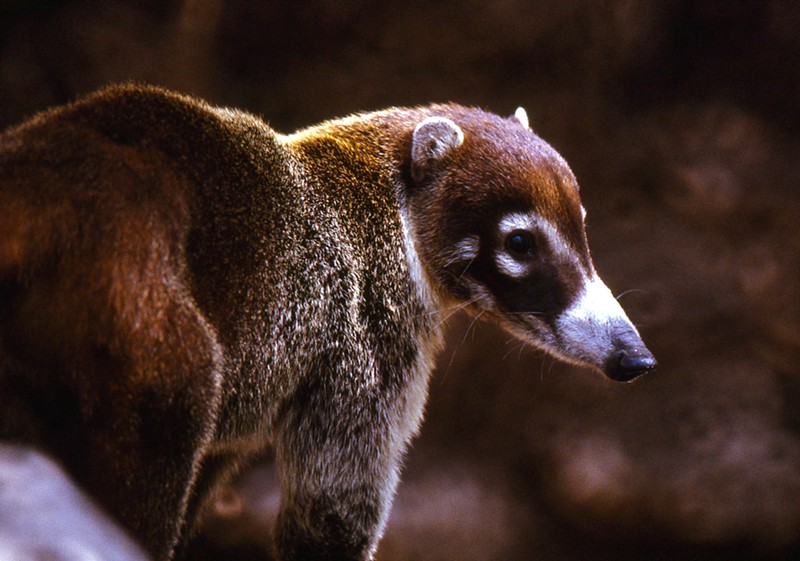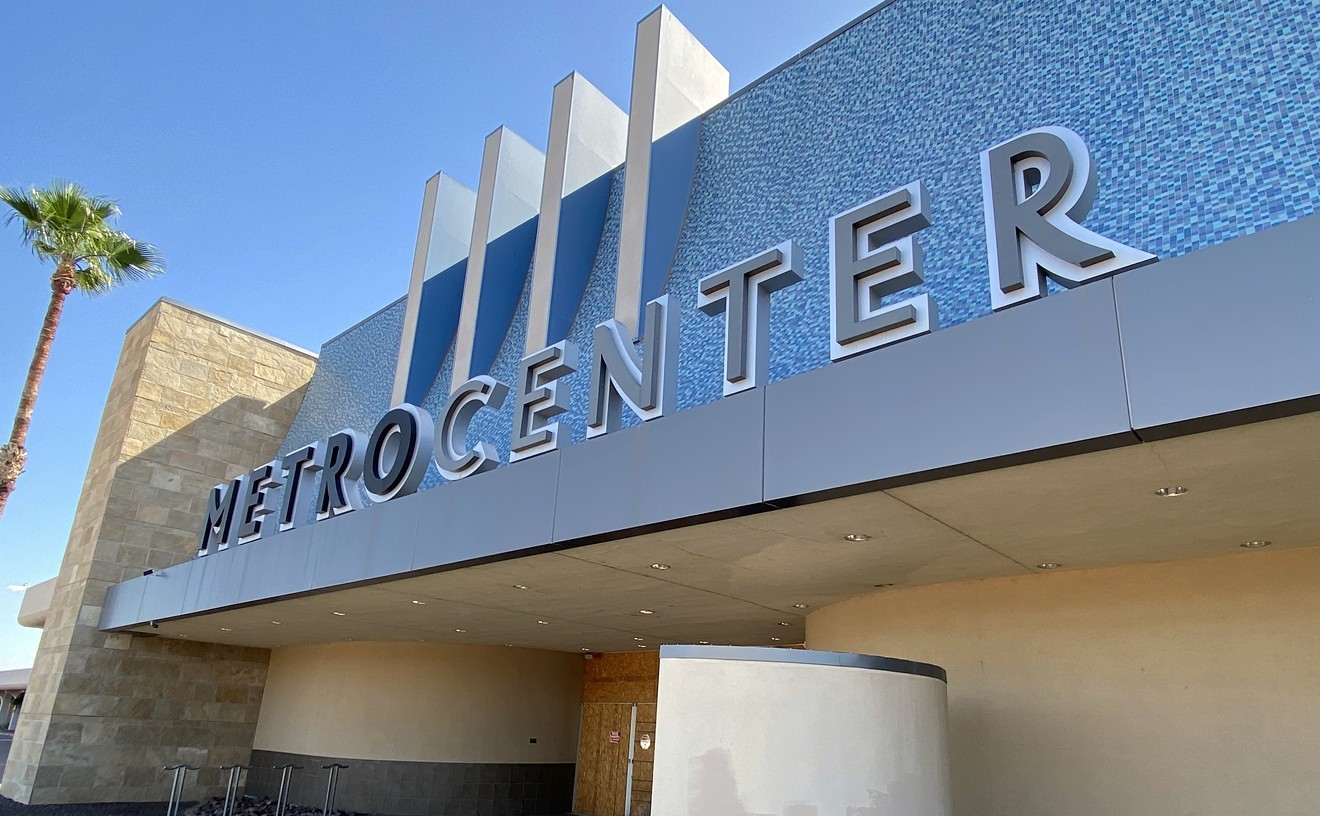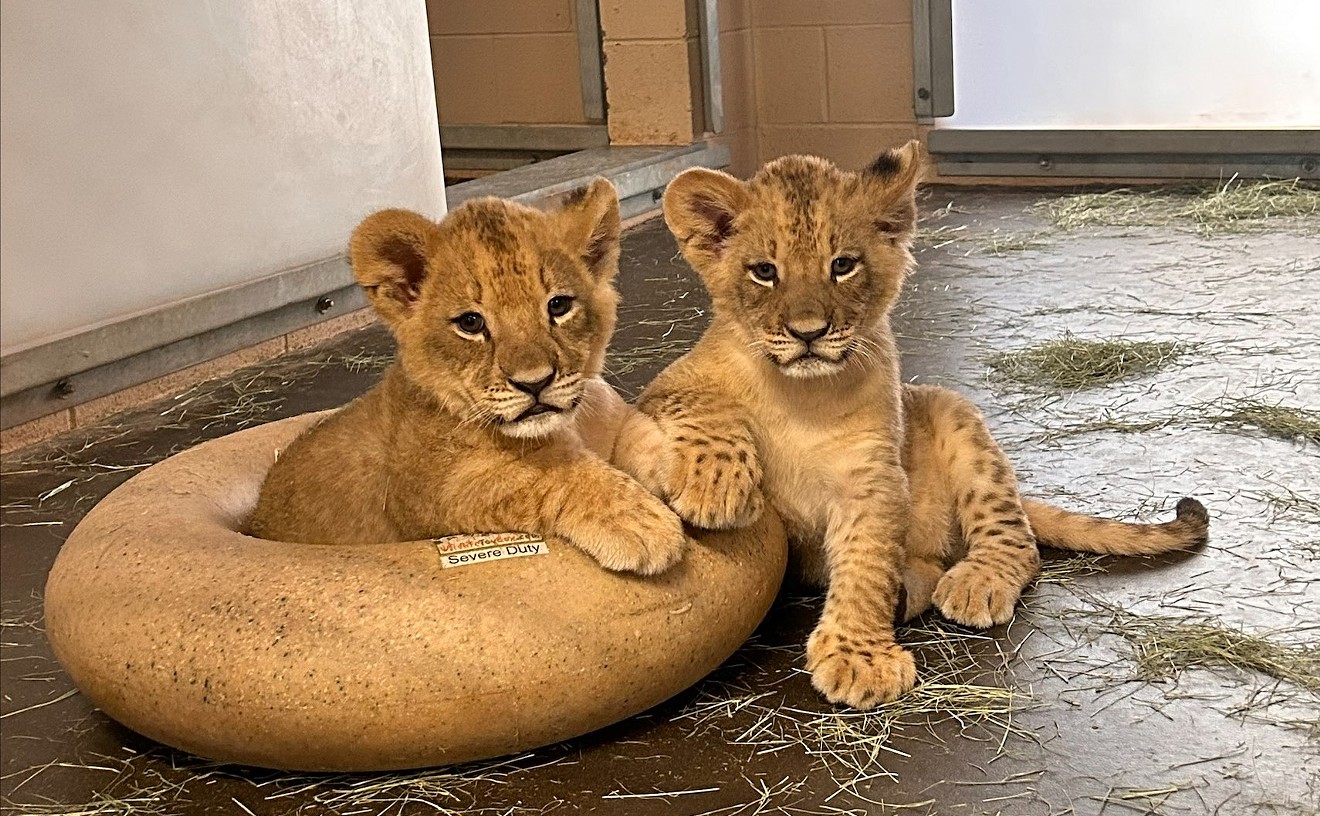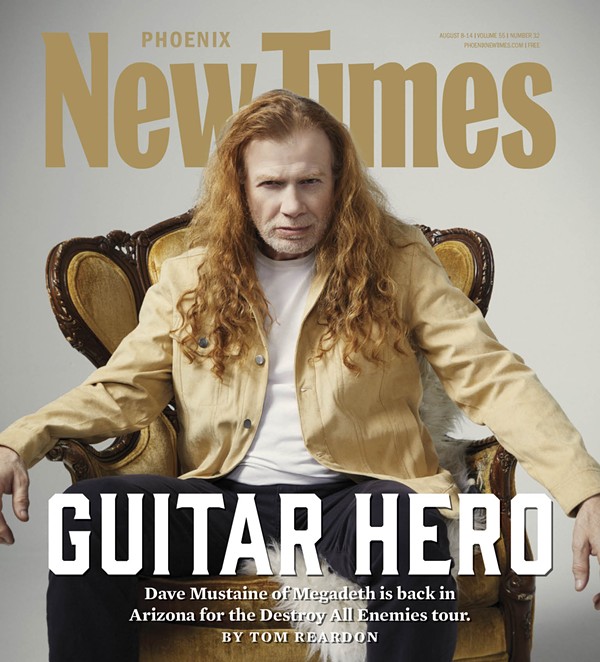But they have an interesting history in Arizona, so much so that a legendary wildlife television series is giving them time on air for their very own segment.
“Mutual of Omaha’s Wild Kingdom” has been around since 1963. It’s been rebooted a few times over the years; the latest iteration, “Mutual of Omaha’s Wild Kingdom Protecting the Wild,” debuted in 2023 on NBC, hosted by Peter Gros and Dr. Rae Wynn-Grant.
Wynn-Grant was recently in Arizona to film four different types of coatis in five places around the state: Southwest Wildlife Conservation Center, Phoenix Zoo, Miller Peak Wilderness, Bear Canyon and Patagonia Lake. There is currently no listed air date for the episode.
“What I appreciate about this show is that we try to give everybody all kinds of options,” Wynn-Grant says. “So we try to do some episodes about very familiar animals; you know, animals that people know and love and that are pretty iconic. And then we also, from time to time, try to introduce people to species that might be really unknown, even if they're here in the United States or even widespread, you might not know about them.”
And that’s where the coatis come in. The coati (pronounced koh-WAH-tee) can best be described as looking like a mix between a meerkat and a skinny raccoon. They have small triangular ears, a long snout and an even longer stripped tail. Their likeness would make perfect gift shop plushies for kids after a long day at the zoo.
Wynn-Grant says although people might think they're large rodents, coatis are more like foxes. They have such an advanced sense of smell that they can sniff out things that are scentless to humans such as lizards and insects.
“And because they evolved in very, very hot — fairly arid — climates, and even though their body is covered in fur, it’s super adapted to those climates, including their feet,” she explains.
The mammals have an unusual past across the Southwest and into Mexico.
“It appears that coati existed many hundreds, if not thousands of years ago in the Southwest, like Arizona,” Wynn-Grant says. “They were not seen for a long, long time.” She points out that their disappearance wasn’t due to extinction or approaching urban sprawl.
She speculates that it could have been a disease that wiped them out in Arizona or they were so elusive and only came out at night and people just didn’t see them.
“There’s so many different ideas,” she says. “But at this point, we know that coati population sizes are relatively low but they're increasing every year and they could use some conservation support because now Arizona, it's full of people, full of highways, full of roadways, that kind of thing.”
Around the late 1800s, some of the first Arizona sightings of coatis were documented. Since then, they've been making a comeback. "It's interesting because we don't know why they went away, why their populations dropped,” Wynn-Grant says.
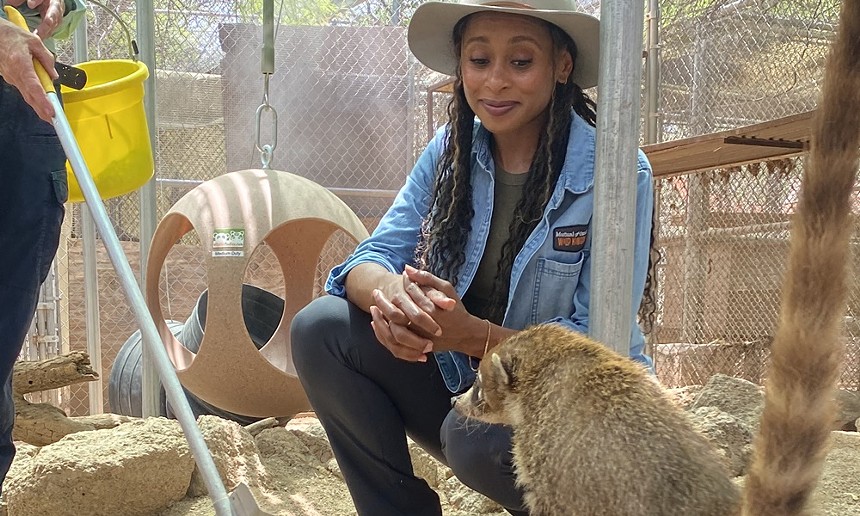
Dr. Rae Wynn-Grant interacts with a coati.
Courtesy of "Mutual of Omaha’s Wild Kingdom Protecting the Wild"
Some of the credit should go to zoos, sanctuaries and wildlife groups making sure the coati population is back to a healthy standard.
Wynn-Grant is doing her part by bringing awareness to these fascinating creatures via “Mutual of Omaha’s Wild Kingdom Protecting the Wild.” Her fascination with the show began at an early age. She grew up in an urban setting and her parents weren’t the outdoorsy type. When her family went on vacation, it was to visit family or friends.
Her parents were also strict with the type of television she watched. No mind-dulling cartoons or trash TV; it had to be educational. “Wild Kingdom” ticked all the boxes.
“So, when I was a little kid my heroes were nature show hosts,” she says. “I used to watch ‘Mutual of Omaha's Wild Kingdom’ and I used to just absolutely love it. It would transport me around the world and into the wilderness. And so I would tell people that I wanted to be a nature show host when I grew up.”
That dream would become a reality in her adult life. She achieved an undergraduate degree, two master’s degrees and finally a Ph.D. “I really fell in love with environmental science, wildlife ecology and conservation in the academic space. For a long time, I really felt that I was doing the nature show stuff but without the cameras.”
Now the cameras are rolling and her life has come full circle: Wynn-Grant is teaching the next generation of young nature enthusiasts the same way she learned — on television.
The Phoenix Zoo has made a comfortable environment for its coatis. However, some animal lovers take issue with keeping animals confined in enclosures for human enjoyment. Wynn-Grant explains that in the past, people would take animals from the wild and put them on display; a lot of zoos began that way. But today, there are strict accreditation processes to protect the animals, the largest one being the Association of Zoos and Aquariums (AZA).
“The Phoenix Zoo is AZA-accredited,” she says. “It is the right kind of place and they do not take animals from the wild to be at the zoo. They mostly have animals that were already born in captivity or sometimes they rescue animals that were people's illegal pets or maybe animals that were found in some of those roadside zoos that aren't accredited. Most of the time these facilities do a lot of reproduction work so that they can release the animals born in the zoo back into the wild.”
With their comfortable digs and helpful caretakers, coatis are making a comeback but, more importantly, being protected for future generations.
“I would encourage Arizonans to feel a lot of pride," Wynn-Grant says. "You know, coati are not widespread. You know, we've got some in Arizona, a bunch in New Mexico and a few in Texas. So they are a very special species for this country, let alone North America. You know, it can feel kind of cool to represent a state that has a rare animal, especially one as awesome as the coati.”

